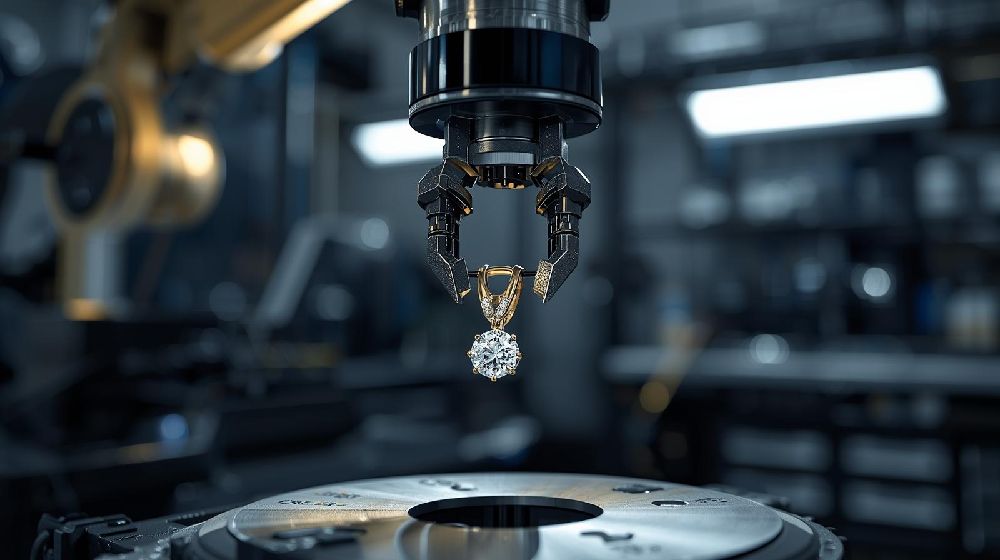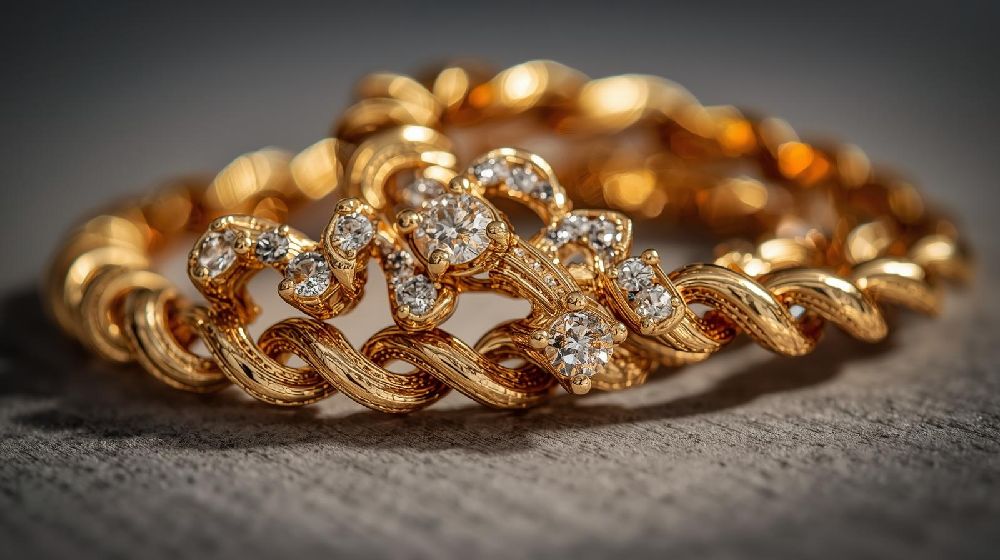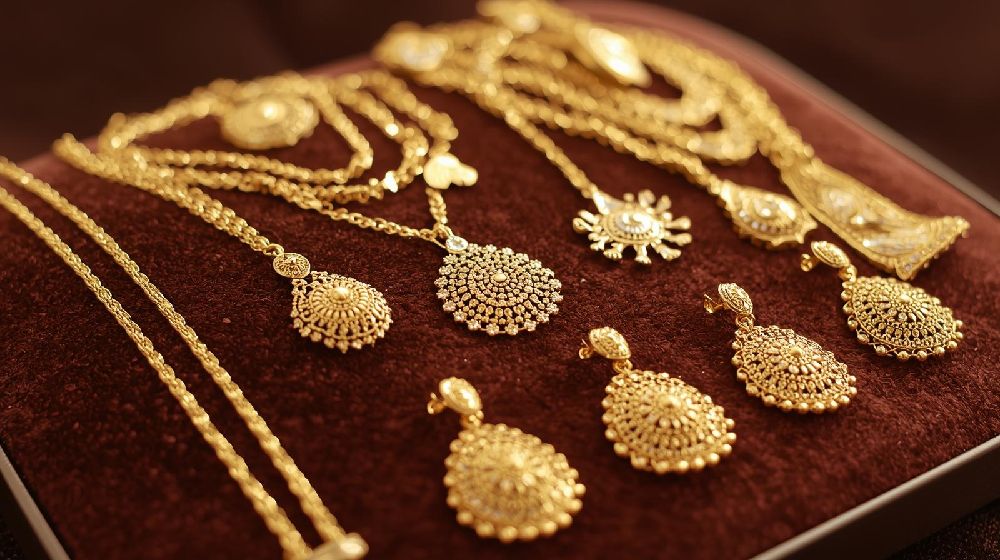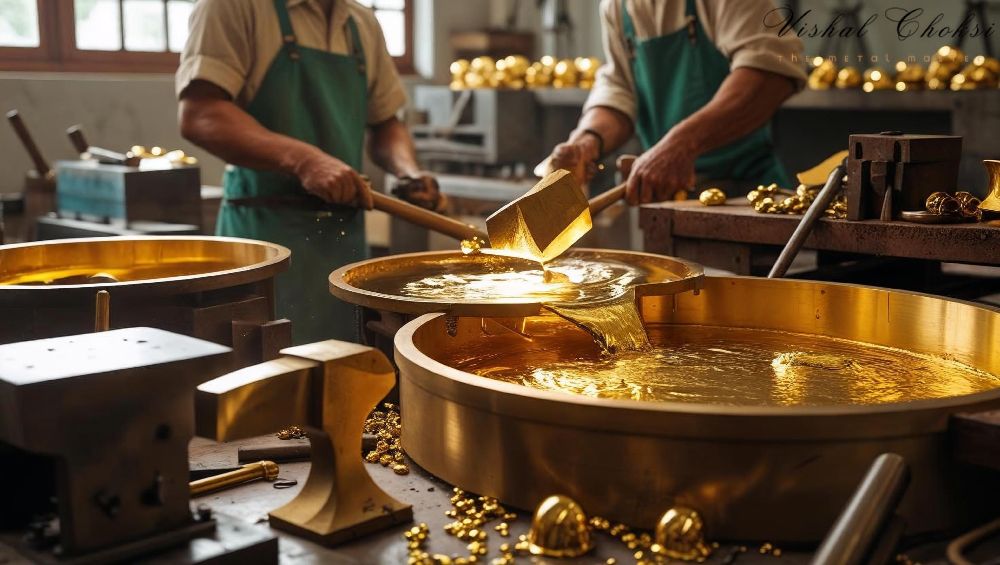
The world of jewelry manufacturing is evolving faster than ever — and at the heart of this transformation lies technology.
Gone are the days when jewelry craftsmanship relied solely on manual artistry. Today, precision, innovation, and engineering excellence define the new standard of beauty.
Leaders like Vishal Choksi, known for his mastery in metal and technology, are pioneering this evolution — proving that modern machines can do more than shape gold; they can build brilliance.
1. The Evolution of Jewelry Craftsmanship
Jewelry has always been a symbol of beauty and heritage. But as designs became more intricate and customer expectations grew, traditional tools reached their limits.
The need for flawless precision, perfect symmetry, and innovative structures led to the rise of machine-based jewelry production — and with it, a new era of creativity.
Under the guidance of experts like Vishal Choksi, manufacturers began integrating CNC (Computer Numerical Control) technology, Laser Welding, and multi-axis machinery to produce designs that merge art and accuracy.
2. CNC Precision – Where Art Meets Engineering
CNC machining has completely redefined how jewelry is crafted.
By using computer-guided systems, artisans can now design gold with micron-level precision — cutting, engraving, and shaping it into flawless patterns.
Each curve, edge, and detail is programmed to perfection, ensuring consistency across every piece.
This technology allows for the creation of complex double-layer bangles, intricate motifs, and detailed geometric forms that were once impossible to achieve by hand.
For Vishal Choksi, CNC isn’t just a tool — it’s the language of modern craftsmanship.
3. Laser Welding – The Invisible Strength
The brilliance of a jewelry piece doesn’t only lie in its shine — it lies in its structure.
Laser welding technology has become the backbone of modern jewelry production, allowing jewelers to join components with seamless precision.
Unlike traditional soldering, it leaves no visible marks, retains the purity of metal, and enhances strength.
This invisible craftsmanship ensures that every bangle, ring, or couple band is both elegant and enduring — a true symbol of technical perfection.
4. Multi-Axis Machines – Creating the Impossible
Advanced 6-axis and 7-axis machines have opened doors to multi-dimensional creativity.
They allow jewelers to work on multiple sides of a piece simultaneously, producing designs with dynamic depth, movement, and flow.
From the Kanas and Khilla patterns in Mumbai RH Bangles to fusion wirework in Sydney Bangles, these machines transform raw metal into living art — breathing precision into imagination.
5. The Human Touch Behind the Machine
While machines bring precision, it’s human vision that brings soul.
Every design begins with an idea, a spark of creativity, and the experience of artisans who understand both metal and emotion.
Vishal Choksi believes that technology doesn’t replace craftsmanship — it enhances it, allowing artisans to focus on what truly matters: design, detail, and perfection.
Conclusion
The future of fine jewelry is being built — not just by hands, but by minds that master both art and machine.
With visionaries like Vishal Choksi leading the way, the jewelry industry is entering an era where innovation is the new tradition.
Every cut, curve, and polish reflects a promise — that technology and artistry can coexist beautifully.
Because at the heart of every masterpiece lies the same truth: brilliance is built.





